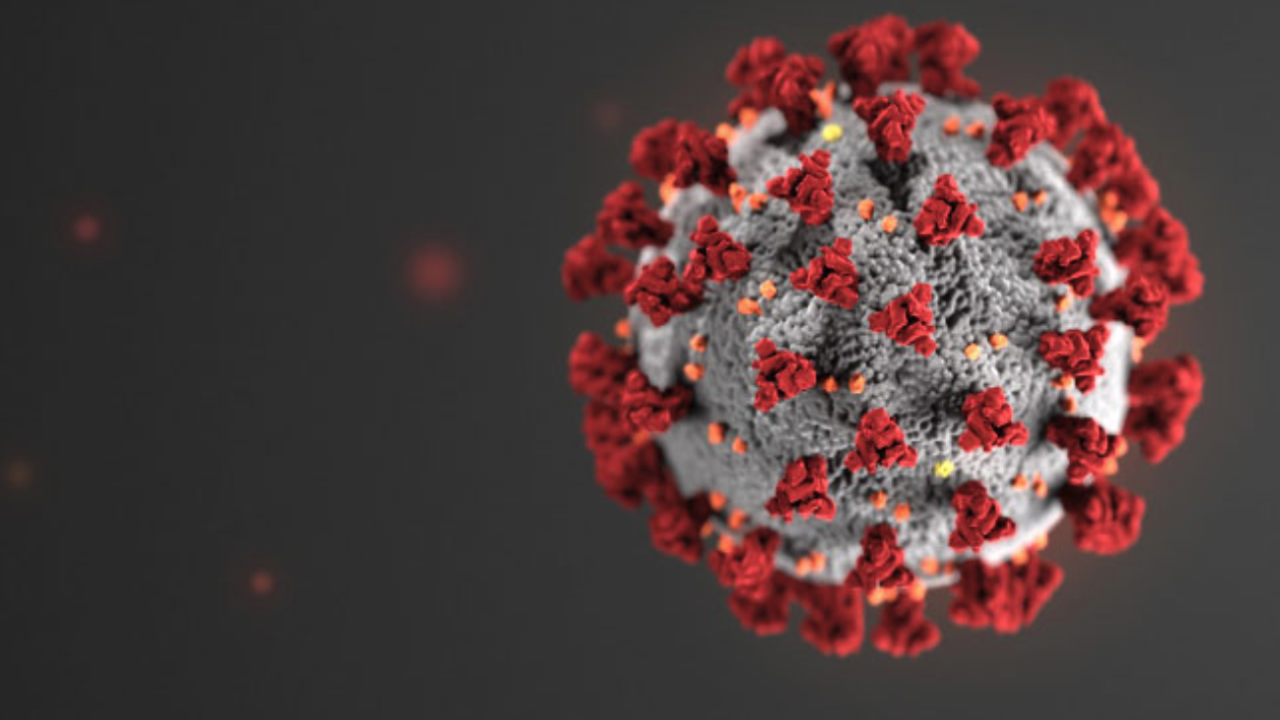(WXYZ) — CDC data shows Omicron’s BA.5 is losing ground to newer subvariants. Three of the Omicron offshoots show a growth advantage and are rapidly increasing.
What are the new COVID subvariants and how concerned should we be?
I’m getting the exact same questions from my patients. Now, back at the start of October, BA.5 was responsible for nearly 80% of new COVID-19 cases. Now it makes up 67.9%. And the main reason behind this drop is three newly identified Omicron subvariants.
Two of them, BQ.1 and B.Q.1.1 both make up 5.7% of new cases each. The third one, BF.7 makes us 5.3%.
Now, these percentages certainly don’t sound alarming, but there are a few things that scientists are concerned about. One is their doubling time. Meaning they’re quickly gaining ground in a short amount of time. On top of that, these subvariants can elude important monoclonal antibodies and appear to be better at evading immunity from previous infections or vaccination.
Now, there’s one more Omicron subvariant I want to mention. And that’s XBB. It’s a combination of different COVID-19 variants and multiple Omicron strains. It hasn’t arrived here in the US, but scientists are keeping a close eye on it. Why? Because it looks to be extremely immune-evasive. And right now, it’s surging in Singapore. It almost doubled the cases in that island country in a matter of few days. And it's spreading. It will not surprise me if it lands here in the US in the very near future.
The new bivalent boosters target not only the original 2019 strain but also Omicrons BA.5 and BA.4 subvariants. And since BQ.1, B.Q.1.1, and BF.7 are all offshoots of BA.5, the booster is expected to provide some cross-protection against the newer sublineages. Also, recent data has indicated that the new booster dose increases antibody response.
While this is encouraging, we don’t have real-world data yet and will likely learn more in the coming months.
In the meantime, I will once again stress the importance of getting vaccinated and boosted. Because the people most at risk of severe disease and death are the unvaccinated, people who are immunocompromised, and folks aged 65 and up who have not received a booster shot.
We’ve got to remember that COVID still kills. Here in the US, we’re averaging just over 380 deaths a day. And that number could increase, as we expect case numbers to rise this winter.
Additional Coronavirus information and resources:
View a global coronavirus tracker with data from Johns Hopkins University.
See complete coverage on our Coronavirus Continuing Coverage page.



